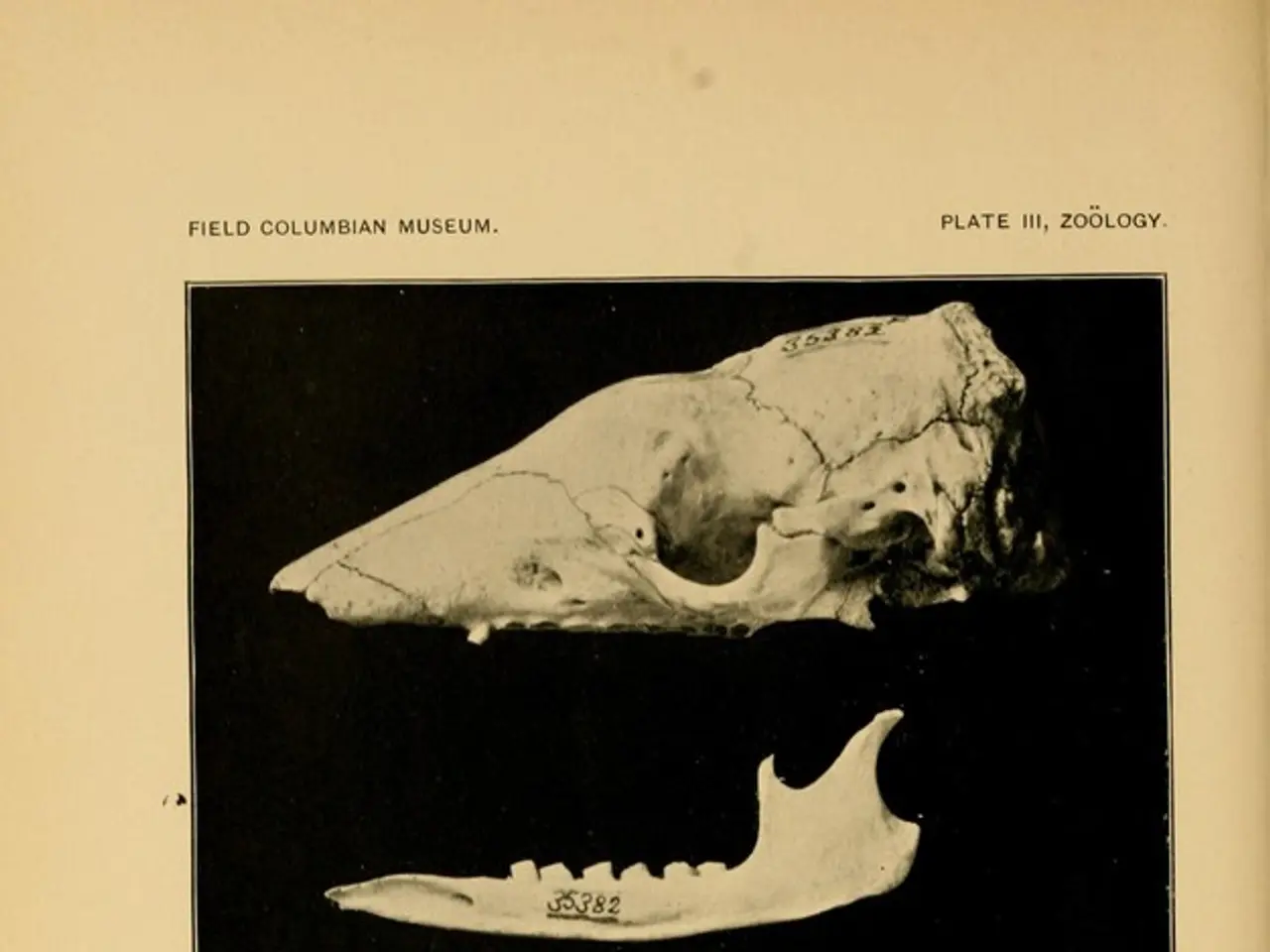Understanding the Crucial Role of the Opponen's Pollicis Muscle in Hand Function
The muscle opponens pollicis, a vital part of the hand, is susceptible to various conditions that can affect its function. Located in the palm, this muscle facilitates thumb rotation and flexion, contributing to the hand's dexterity.
The opponens pollicis muscle, one of the three thenar muscles, is situated near the base of the thumb. It works in conjunction with other thenar muscles to control thumb movement. This triangular-shaped muscle is connected to the hand's bones via opponens pollicis tendons, enabling opposition of the thumb. Its primary nerve, the recurrent branch of the median nerve, ensures proper functioning. The blood supply comes from the superficial palmar arch.
Conditions affecting this muscle range from overuse injuries and neuromuscular diseases to atrophy, lacerations, and myopathy. The most common issues are median nerve compression syndromes, such as carpal tunnel syndrome. These syndromes can lead to muscle weakness, pain, numbness, and ultimately, atrophy of the thenar muscles where the opponens pollicis resides.
Understanding the opponens pollicis muscle's role and the conditions that can affect it is crucial for maintaining hand health and function. Timely diagnosis and treatment can prevent progressive damage and ensure continued dexterity and mobility of the thumb.





